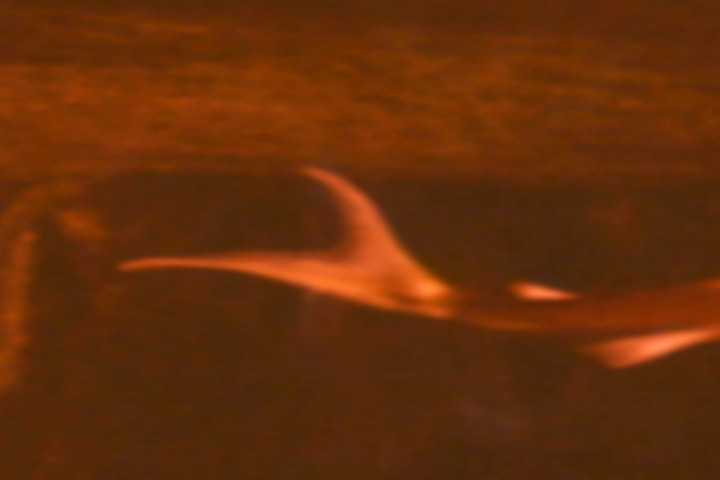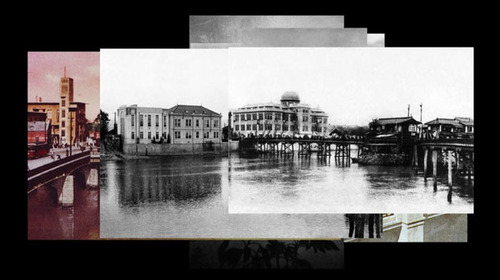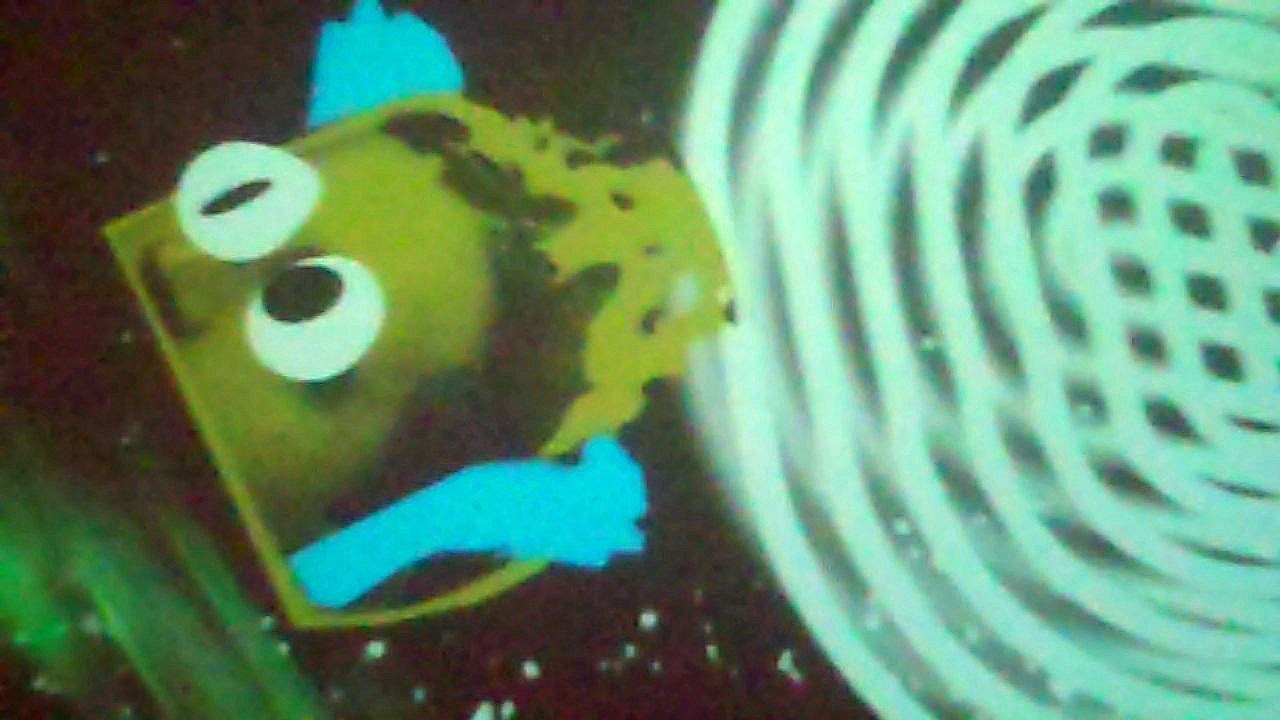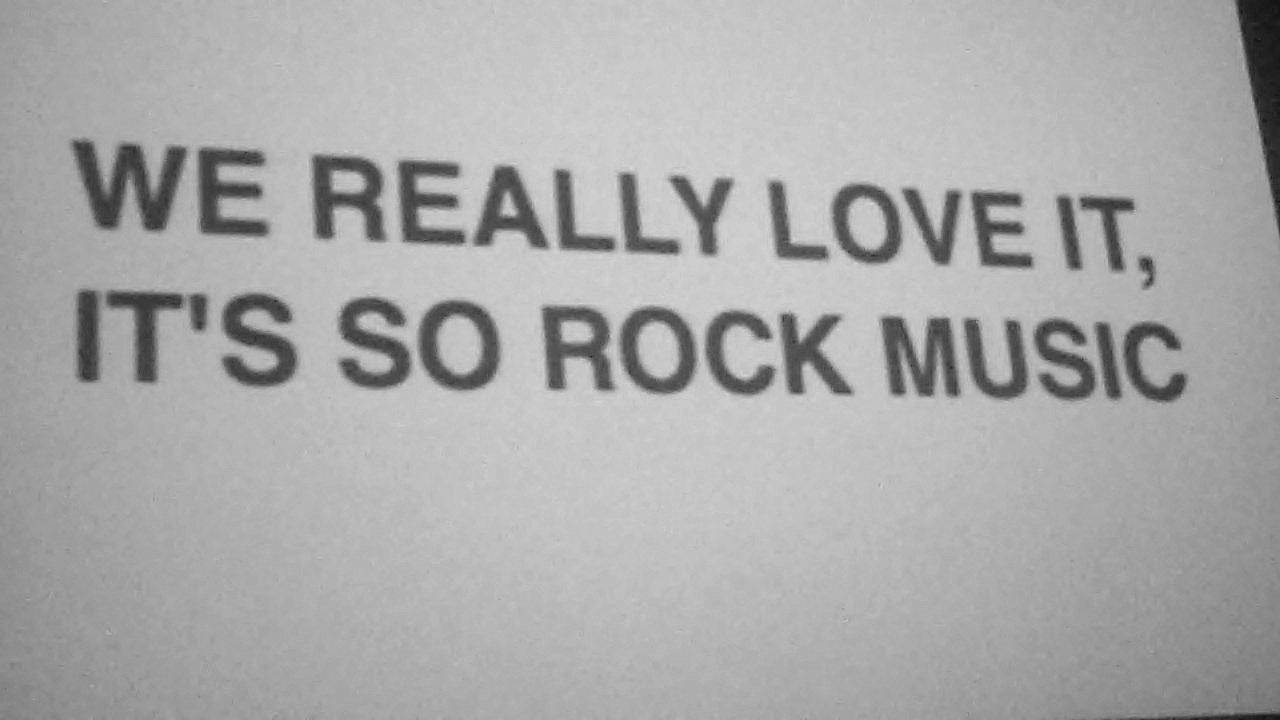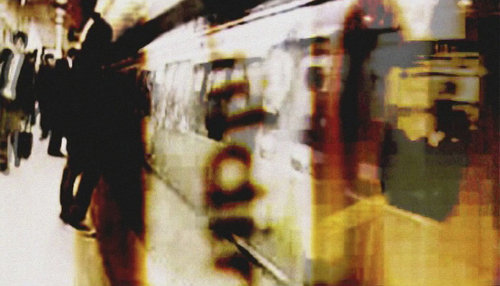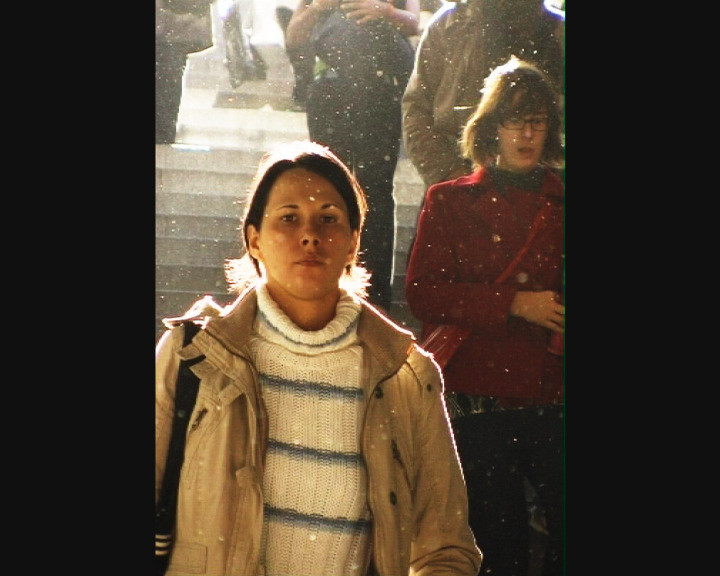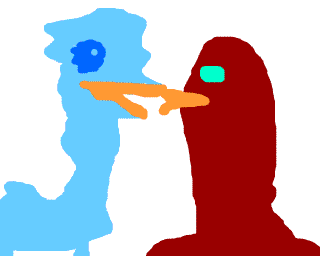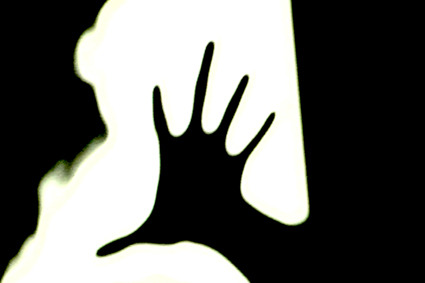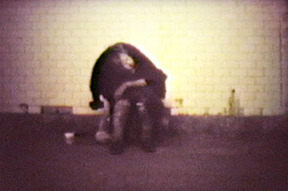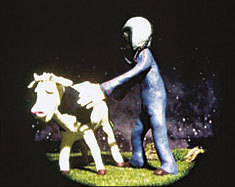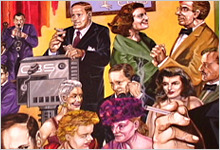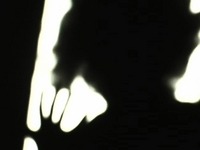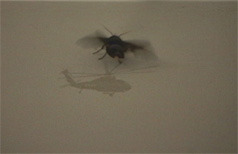
TAKE-OFF, Katherine Liberovskaya, music: Al Margolis (IF, BWANA)
2006, 24 minutes, color, stereo
(Editor’s note: The filmmaker is Canadian, not American, as stated in the program. She is based in Montreal, but has been spending the greater part of her time in New York as of late. The soundtrack, however, is credited to an American. Her film was submitted to DL from New York, hence the confusion.)
Katherine Liberovskaya’s film Take-Off is the kind that may not find favour with all. It is however, in what I believe to be its aim, successful. The film begins with close-up shots of a mosquito, over which we hear the insistent drone of the soundtrack (courtesy of Al Margolis, a.k.a. IF, BWANA). The mosquito gives way to a housefly in similar close-up, its wings fluttering at high speed, waiting to “take off”. This goes on with little change for such an extended period of time that the viewer becomes lulled into lazy voyeurism; similarly, the soundtrack’s drone has a curiously agitating but largely soothing effect, much like that accompanying the hum of a washing machine. So hypnotized into a dreamy state is the viewer that it is with surprise that he notices about eight minutes into the film that the fly is suddenly no longer there: a shadowy image change has replaced it with a helicopter of similar size on the screen. It has already “taken off”, and we are witness to similarities in sound and intent between the two. Now that we are aware that we should be prepared for unexpected changes, we are a little more attuned to nuances of image, and we pick up more readily the interplay of layered pictures. About twelve minutes into the film, we start to see these hazy multiple images of helicopters come together so that it appears we are seeing two mating in mid-air. What we are looking at now is a electronic moving image painting, which eventually leads us back, for symmetry’s sake, to the housefly, which itself takes off. Those who approach a film like this waiting for “plot advancement” will surely be disappointed, but those who are prepared to take the time to be mesmerized will most likely enjoy the experience. The strength of Liberovskaya’s film is in the time she allows for the images and sound to take slow effect. In a world of instant pleasures, a film like this can be a refreshing change.

